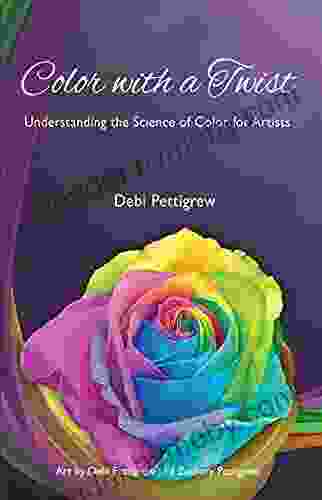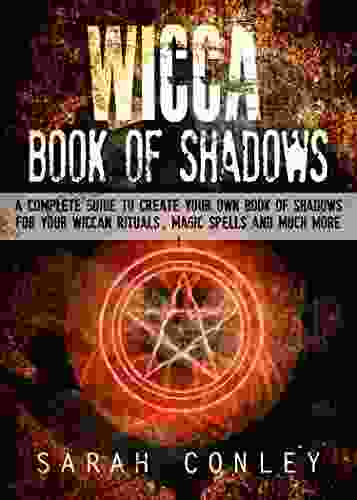Understanding the Science of Color for Artists: The Ultimate Guide to Creating Captivating Artwork

Color is a powerful tool that can evoke emotions, create atmosphere, and convey messages. As an artist, understanding the science of color is essential for creating impactful and visually stunning artwork. This comprehensive guide will delve into the theories, principles, and techniques of color science, empowering you to master the art of color and elevate your artistic creations.
The Building Blocks of Color
Before we explore the intricacies of color theory, let's start with the basics: the three primary colors.
4.9 out of 5
| Language | : | English |
| File size | : | 1452 KB |
| Text-to-Speech | : | Enabled |
| Screen Reader | : | Supported |
| Enhanced typesetting | : | Enabled |
| Print length | : | 81 pages |
| Lending | : | Enabled |
- Red: The most energetic and warm of the primaries, red is associated with passion, energy, and danger.
- Yellow: A cheerful and optimistic hue, yellow represents happiness, hope, and intellect.
- Blue: A cool and calming color, blue is often used to depict serenity, trust, and sadness.
These primary colors can be combined to create a vast array of secondary and tertiary colors:
- Secondary colors: Orange (red + yellow),green (yellow + blue),and purple (blue + red)
- Tertiary colors: Red-orange, yellow-orange, yellow-green, blue-green, blue-purple, and red-purple
Color Theory and Its Applications
Beyond the basics, color theory provides a framework for understanding how colors interact and harmonize. Here are some key principles:
- Color Wheel: The color wheel is a circular representation of the primary, secondary, and tertiary colors. It serves as a valuable tool for studying color relationships and identifying complementary and contrasting colors.
- Complementary Colors: Colors that are opposite each other on the color wheel, such as red and green or blue and orange, create a high contrast when placed side by side.
- Analogous Colors: Colors that are adjacent to each other on the color wheel, such as blue, blue-green, and green, create a harmonious and cohesive effect.
- Triadic Colors: Colors that are evenly spaced around the color wheel, such as red, yellow, and blue, create a vibrant and visually appealing scheme.
By mastering these principles, you can create color harmonies that enhance the impact of your artwork and evoke specific emotions in your audience.
Color Mixing and Applications
Understanding color theory is one thing, but being able to mix and apply colors effectively is another. Here's a closer look at some practical aspects:
- Pigment vs. Light: In art, we deal with two main types of color: pigments (used in paints, inks, and fabrics) and light (used in digital displays and photography). Mixing pigments creates subtractive color, where colors become darker as they are mixed, while mixing light creates additive color, where colors become brighter.
- Color Saturation: Refers to the intensity and purity of a color. Highly saturated colors are vibrant and bold, while less saturated colors are more muted.
- Color Value: Describes the lightness or darkness of a color. White and black are the extreme values, with various shades of gray in between.
- Color Temperature: Colors can have a warm or cool temperature, based on their association with warm (red, orange, yellow) or cool (blue, green, purple) tones.
By manipulating these properties, you can create a wide range of effects and convey different moods in your artwork.
Light and Color Interactions
Light plays a crucial role in how we perceive color. Its intensity, direction, and quality can dramatically alter the appearance of colors:
- Light Intensity: Bright light increases color saturation, while dim light reduces it.
- Light Direction: The angle at which light strikes an object affects how it reflects color.
- Light Quality: Natural light provides a full spectrum of colors, while artificial light sources can have a specific color cast that influences the way colors appear.
Understanding these interactions is essential for creating realistic and dynamic artwork that accurately represents light and shadow.
Color Psychology and Symbolism
Beyond its aesthetic qualities, color also carries psychological and symbolic meanings that can impact our perception of artwork:
- Red: Passion, danger, excitement
- Yellow: Happiness, optimism, creativity
- Blue: Tranquility, trust, loyalty
- Green: Nature, growth, prosperity
- Purple: Royalty, luxury, mystery
By utilizing this knowledge, you can convey specific messages, evoke emotions, and create a deeper connection with your audience.
The science of color is a vast and fascinating subject that provides a wealth of knowledge for artists. By understanding the theories, principles, and techniques outlined in this guide, you can develop a deep mastery of color and elevate your artwork to new heights. Remember, color is a powerful tool that can transform your creations from mere images into captivating masterpieces that evoke emotion, spark conversation, and leave a lasting impact on the viewer.
4.9 out of 5
| Language | : | English |
| File size | : | 1452 KB |
| Text-to-Speech | : | Enabled |
| Screen Reader | : | Supported |
| Enhanced typesetting | : | Enabled |
| Print length | : | 81 pages |
| Lending | : | Enabled |
Do you want to contribute by writing guest posts on this blog?
Please contact us and send us a resume of previous articles that you have written.
 Book
Book Novel
Novel Page
Page Chapter
Chapter Text
Text Story
Story Genre
Genre Reader
Reader Library
Library Paperback
Paperback E-book
E-book Magazine
Magazine Newspaper
Newspaper Paragraph
Paragraph Sentence
Sentence Bookmark
Bookmark Shelf
Shelf Glossary
Glossary Bibliography
Bibliography Foreword
Foreword Preface
Preface Synopsis
Synopsis Annotation
Annotation Footnote
Footnote Manuscript
Manuscript Scroll
Scroll Codex
Codex Tome
Tome Bestseller
Bestseller Classics
Classics Library card
Library card Narrative
Narrative Biography
Biography Autobiography
Autobiography Memoir
Memoir Reference
Reference Encyclopedia
Encyclopedia Sean Robins
Sean Robins Liz Wiseman
Liz Wiseman Tom Babin
Tom Babin Rod Weston
Rod Weston Thomas A Bogar
Thomas A Bogar Meritxell Castells
Meritxell Castells Rowena Lennox
Rowena Lennox Pete Cohen
Pete Cohen Michael Ross
Michael Ross Robert Rodriguez
Robert Rodriguez Mary H K Choi
Mary H K Choi Nicky Harman
Nicky Harman Larry K Brendtro
Larry K Brendtro Rumiko Takahashi
Rumiko Takahashi Vivian Chong
Vivian Chong Kirsty Hartley
Kirsty Hartley Massimo Cossu Nicola Pirina
Massimo Cossu Nicola Pirina Rick Yagodich
Rick Yagodich Steven Arms
Steven Arms Laura Joplin
Laura Joplin
Light bulbAdvertise smarter! Our strategic ad space ensures maximum exposure. Reserve your spot today!
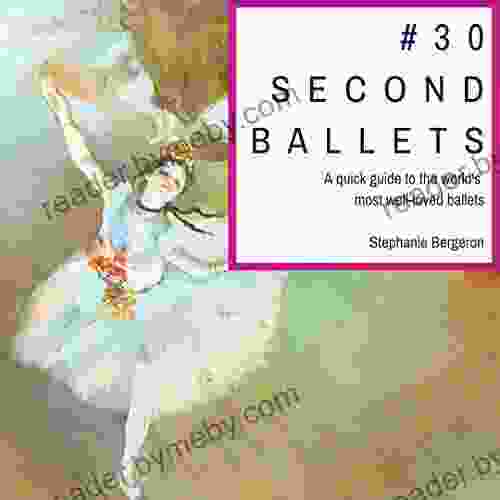
 Felipe BlairUnveiling the Enchanting World of Ballet: A Quick Guide to the Most Cherished...
Felipe BlairUnveiling the Enchanting World of Ballet: A Quick Guide to the Most Cherished...
 Marcel ProustDelve into the Enchanting Realms of "Isle of Blood and Stone: Tower of Winds"
Marcel ProustDelve into the Enchanting Realms of "Isle of Blood and Stone: Tower of Winds" David MitchellFollow ·16.1k
David MitchellFollow ·16.1k Jan MitchellFollow ·4.5k
Jan MitchellFollow ·4.5k Ricky BellFollow ·5.4k
Ricky BellFollow ·5.4k Forrest ReedFollow ·19k
Forrest ReedFollow ·19k Alex ReedFollow ·15.6k
Alex ReedFollow ·15.6k Eliot FosterFollow ·16.8k
Eliot FosterFollow ·16.8k Doug PriceFollow ·4.9k
Doug PriceFollow ·4.9k Milan KunderaFollow ·2.6k
Milan KunderaFollow ·2.6k

 Wayne Carter
Wayne CarterThe Beginner's Guide to Making an Old Motor Run Forever
If you're like most...
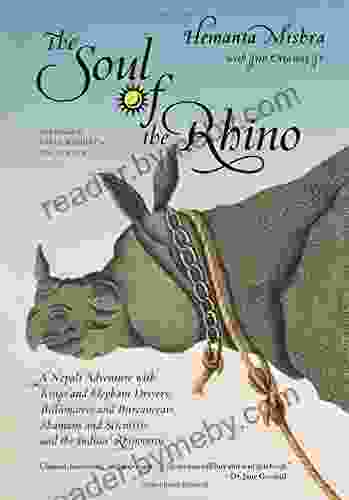
 Deacon Bell
Deacon BellNepali Adventure: Kings and Elephant Drivers,...
In the heart of the...
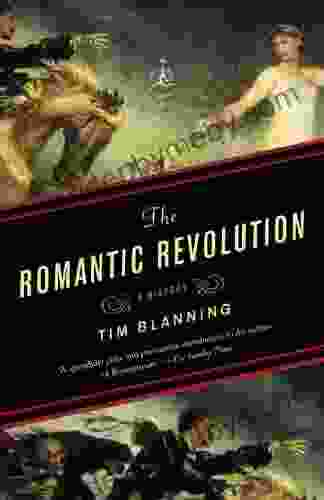
 Carlos Drummond
Carlos DrummondThe Romantic Revolution: A Journey Through History and...
Unveiling the...

 Kazuo Ishiguro
Kazuo IshiguroUnlock Your Inner Innovator: Dive into the New Wave...
Embark on a Transformative Journey of...

 William Golding
William GoldingCrazy Horse: The Lakota Warrior's Life and Legacy
In the annals of Native...

 Hector Blair
Hector BlairMildred and Richard Loving: The Inspiring Story of...
Mildred and Richard Loving were an...
4.9 out of 5
| Language | : | English |
| File size | : | 1452 KB |
| Text-to-Speech | : | Enabled |
| Screen Reader | : | Supported |
| Enhanced typesetting | : | Enabled |
| Print length | : | 81 pages |
| Lending | : | Enabled |


